Dresden High Magnetic Field Laboratory, Germany.
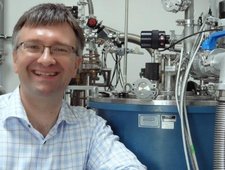
Published on Mar 2, 2018.
Doing my theses at Karlsruhe University, I got acquainted with materials having strong electronic correlations, leading to magnetic order and superconductivity. HLD offers everything one could wish for doing research in this area, so I gladly accepted an offer to work here. Also, the prospect of working in a user facility, with frequent visits of leading scientists from around the world, was very appealing.
I have the honour to take part in many of our institute’s own research projects, extending over a wide range of correlated electron materials, from organic and iron-based superconductors or multiferroics to exotic magnets such as the quasi-1D frustrated spin chain Linarite. Recently, I did measurements of quantized Hall effect in a special semiconductor film, which we hope to publish soon. I also was involved in an EU-funded project about developing a method for transporting medically active agents in the body. The transport was guided by docking them to magnetic nanoparticles. Currently, our diploma student Robert Seerig and I measure the dHvA effect in a highly-correlated rare-earth metal.
My latest results are our dHvA-effect measurements. Here, we determine the response of the sample magnetization to changes of the magnetic field’s value and orientation, and this lets us understand which energetic states are occupied by the conduction electrons in the material. Generally speaking, all our experiments result in a better knowledge of the electronic structure of matter. This knowledge is important for basic research and specific material development alike.
Mainly, I am responsible for several static-field cryostats up to 14 Tesla. We conduct our own research with them, often in collaboration with external partners. I have given examples above. The cryostats are important for the pulsed-field magnet operation as well: as platforms for the development of new techniques, or for sample characterizations.
Together with a colleague I also stayed at the EMFL lab in Grenoble for doing measurements of the de-Haas-van-Alphen (dHvA) effect in boron-carbide superconductors. The hospitality and professional support which we received from our local contact Ilya Sheikin was wonderful! I also met some colleagues from the other EMFL laboratories, at conferences abroad and in our laboratory here in Dresden.


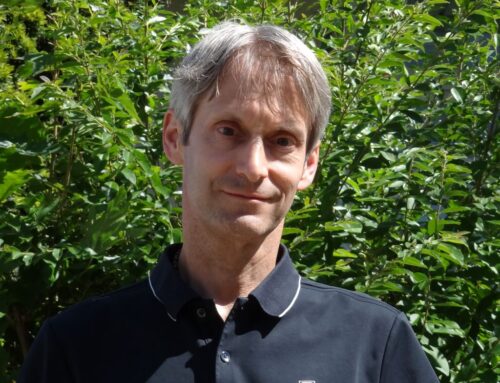
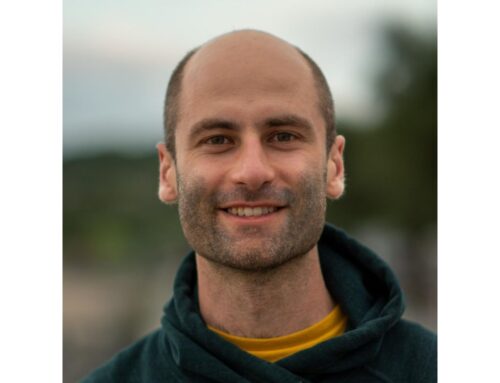
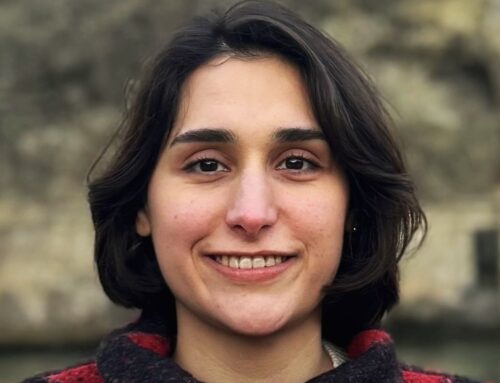
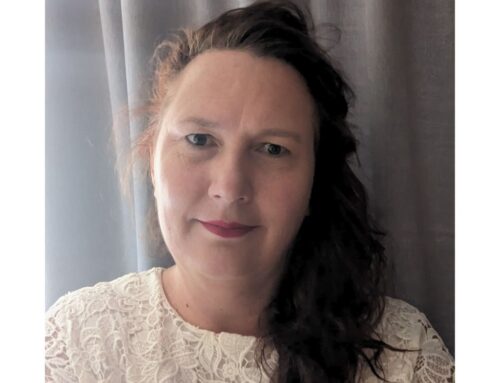
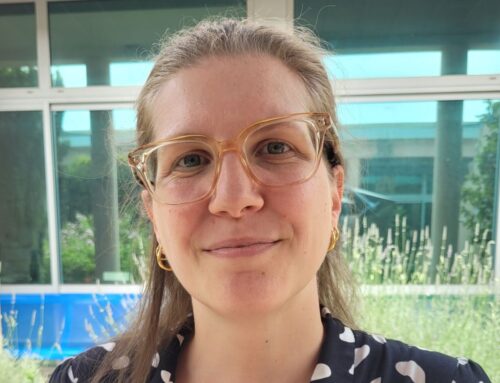
Leave A Comment
You must be logged in to post a comment.